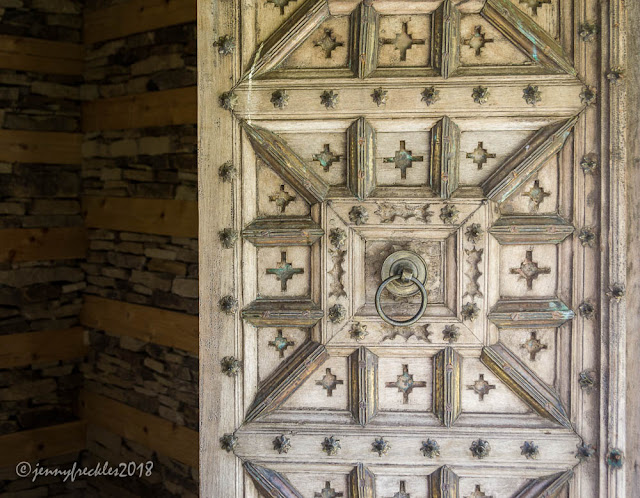Sir Titus Salt's statue may have looked on in amazement at the scene in Roberts Park on Bank Holiday Monday. Then again, he may have remembered the original event the crowds were commemorating, which took place 110 years ago in 1908, when 100,000 people gathered on Shipley Glen to demand votes for women and workers in Britain. It wasn't until after WWI in 1918 that the Representation of the People Act for the first time allowed men over the age of 21 and some women over the age of 30 to vote.
The anniversary celebration began with speeches and music by the bandstand in the park, and was followed by a march up to Shipley Glen. It was very good humoured, with some dressed in Edwardian costume and many in the suffragette colours of green, white and purple.
The speaker above is Bobsie Robinson, the Cultural Policy and Strategy Manager of Bradford Council. The lady below styled herself as Mrs Working Woman and made an impassioned speech. The emphasis was that women fought and made sacrifices to obtain the vote all those years ago and we must now use our vote and continue to work together for positive change.






















































